
Saturn’s rings might not be younger than the dinosaurs as recently suggested, but nearly as old as the giant planet itself at billions of years in age, a new study says.
The age of Saturn’s rings has long been controversial. Some researchers had thought the iconic features formed along with Saturn about 4.5 billion years ago from the icy rubble left in orbit around it after the birth of the solar system. Others suggested the rings are very young, perhaps originating after Saturn’s gravitational pull tore apart a comet or an icy moon.
Scientists had thought one way to solve this mystery was a closer look at Saturn’s rings. Over time, micrometeoroids — rocks smaller than a grain of sand hurtling through space — would have slammed into the bright icy particles making up Saturn’s rings. The level of dirt seen on the rings might then serve as a sign of the rings’ age.
When NASA’s Cassini spacecraft reached Saturn in 2004, it discovered that Saturn’s rings appeared relatively bright and clean. Subsequent analysis suggested that Saturn’s rings were about 100 million to 400 million years old. In comparison, dinosaurs emerged on Earth about 230 million years ago, coming to dominate life on land until a cosmic impact brought a cataclysmic end to their reign about 65 million years ago.
However, “the idea that Saturn’s rings are young seemed very strange in the context of the solar system’s long evolutionary history,” study lead author Ryuki Hyodo, a planetary scientist at the Institute of Science Tokyo, told Space.com. “A few million years ago is the time of the dinosaurs on Earth. This would mean that the solar system was already well-established and relatively stable.”
In contrast, when Saturn formed about 4.5 billion years ago, or during the era called the Late Heavy Bombardment about 4 billion years ago, “the solar system was far more chaotic,” Hyodo said. “Many large planetary bodies were still migrating and interacting, greatly increasing the chances of a significant event that could have led to the formation of Saturn’s rings.”
To shed light on the age of Saturn’s rings, in the new study, Hyodo and his colleagues developed 3D computer models simulating crashes between micrometeoroids and the rings. These impacts typically occur at speeds of about 67,100 mph (108,000 km/h), they said.
The researchers found these speedy collisions could generate temperatures of more than 17,540 degrees F (9,725 degrees C), leading the micrometeoroids to vaporize. This gas would then expand, cool and condense within Saturn’s magnetic field, producing electrically charged ions and microscopic particles.
The simulations then revealed these charged particles mostly either collide with Saturn, escape its gravitational pull, or get dragged into the planet’s atmosphere. Very little of this material appeared to pollute the rings, leaving them relatively clean, the scientists found.
“A clean appearance does not necessarily mean the rings are young,” Hyodo said.
Hyodo emphasized the new study does not disprove the Cassini results. “Instead, we have shown that our interpretation of the Cassini data may be wrong,” he said.
Based on this new low rate of darkening that Hyodo and his colleagues estimated Saturn’s rings experienced from micrometeoroid impacts, as well as the level of contamination seen in the rings, they suggested the rings may be ancient. The same process might also influence the appearance of the rings of Uranus and Neptune, as well as icy moons around giant planets, they noted.
“All together, I say that Saturn’s rings are likely to be very old — about 4.5 billion to 4 billion years old,” Hyodo said. “As a planetary scientist who studies the formation of the solar system, our result feels more natural.”
Hyodo’s colleagues are now conducting laboratory experiments to simulate micrometeoroid impacts on icy particles in the hopes of supporting these results.
In addition, Hyodo is leading scientific teams on several Japanese planetary exploration missions, including a potential future mission dedicated to studying Saturn’s rings more closely. “Such a mission would allow us to approach the rings at a much closer distance than Cassini did, enabling us to observe impact events directly or collect indirect evidence that could shed more light on the rings’ age,” he said.
The scientists detailed their findings online Dec. 16 in the journal Nature Geoscience.
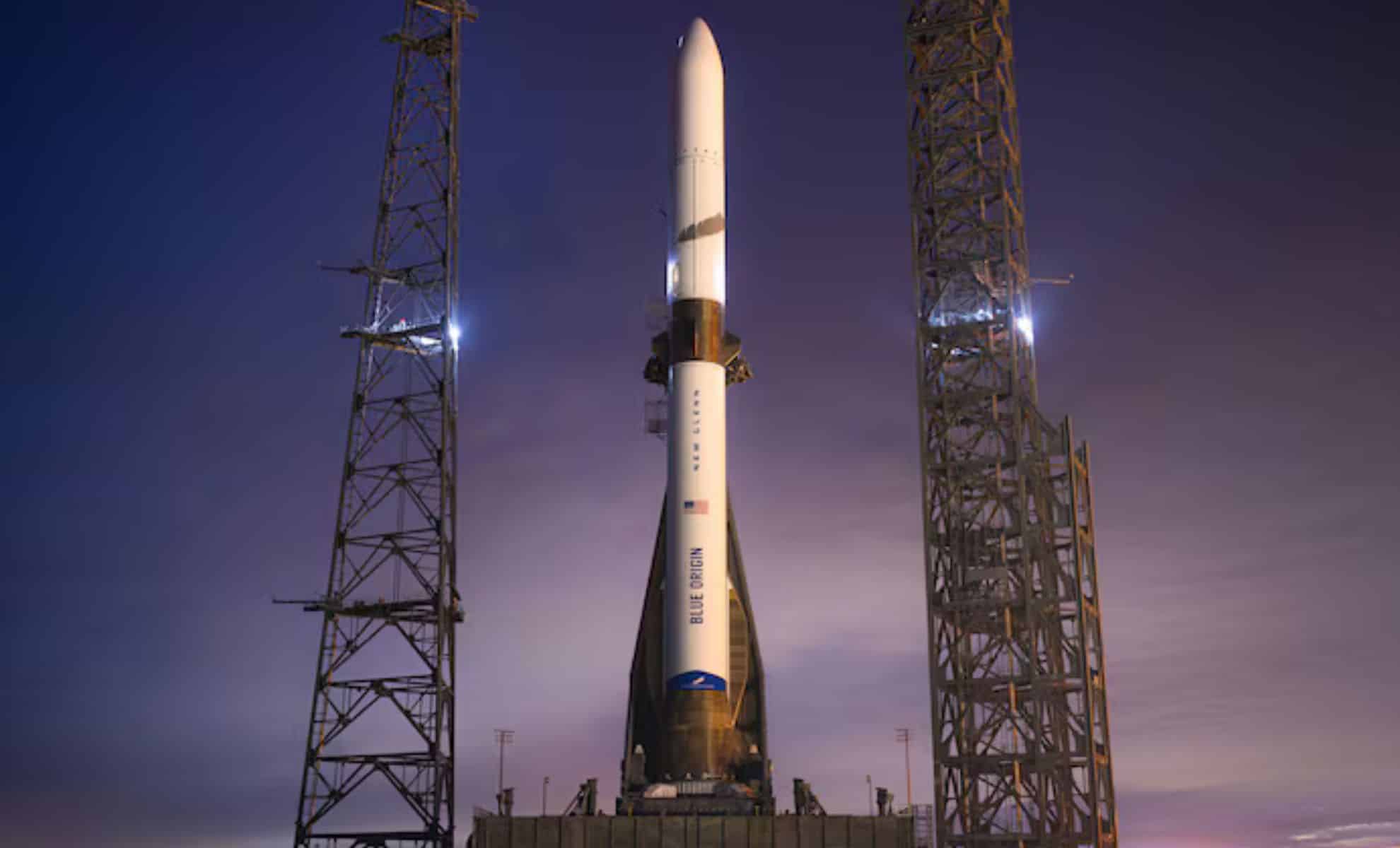
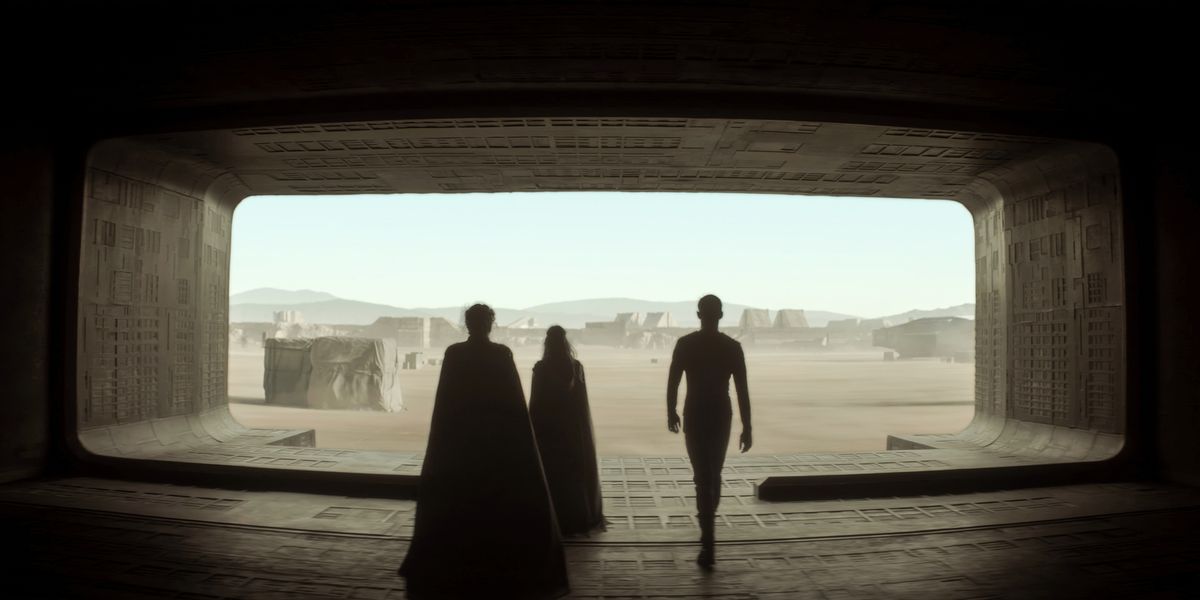
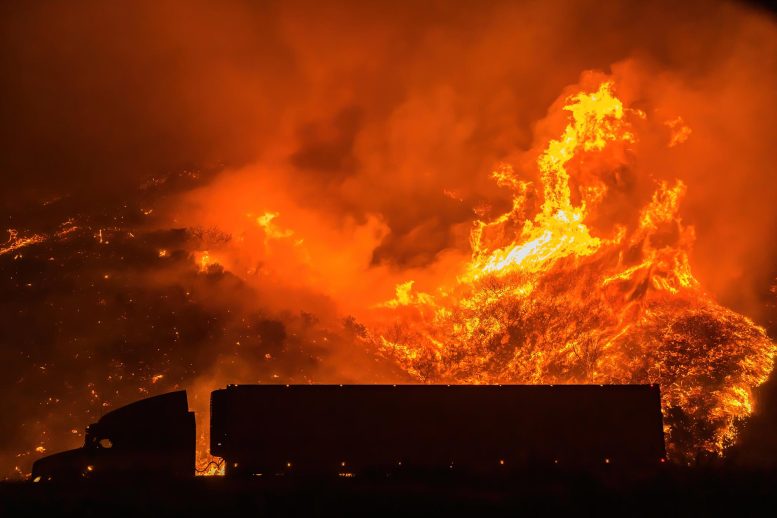

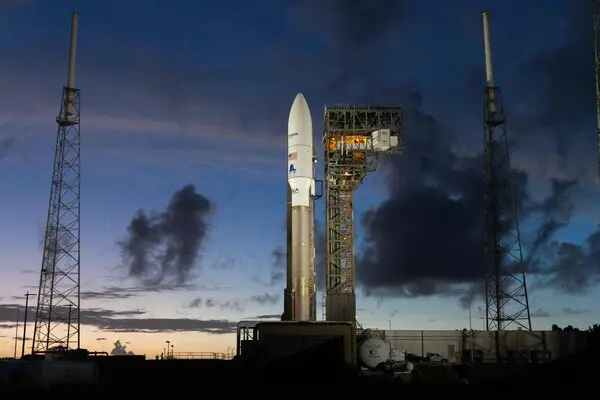



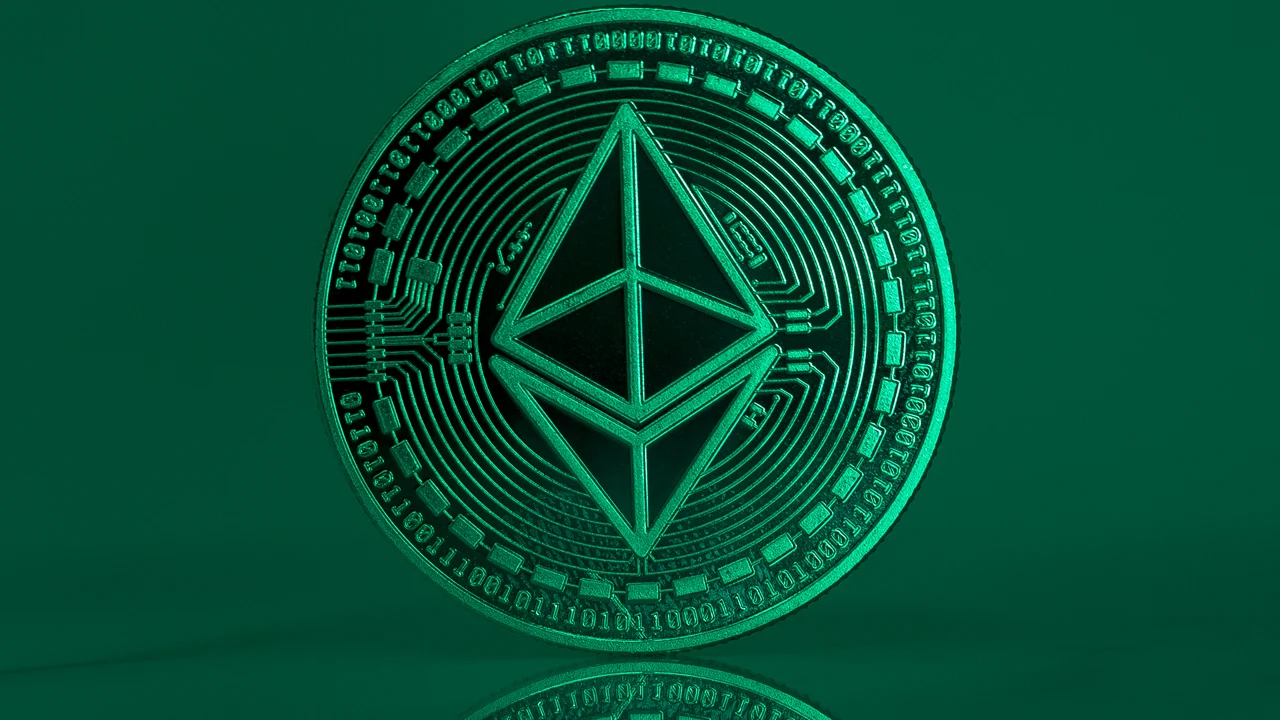

Leave a Comment